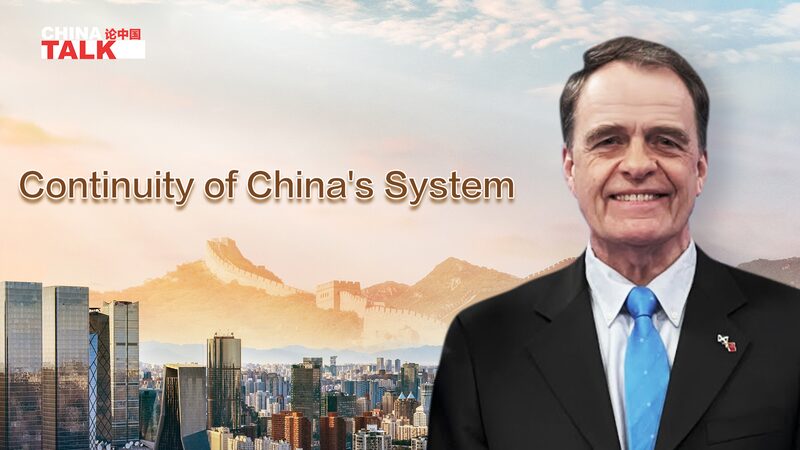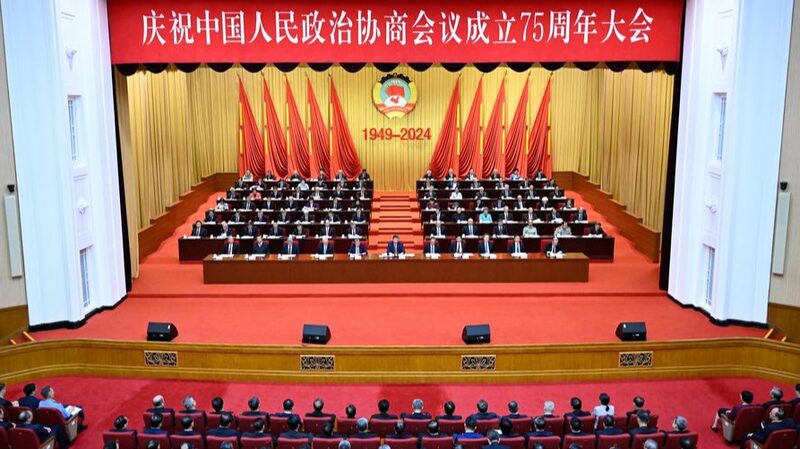Continuity has long been a cornerstone of China’s governance and policymaking, particularly emphasized during the 20th National Congress of the Communist Party of China (CPC). This focus on sustained and consistent policies has been instrumental in driving the nation’s rapid development and long-term strategies.
David Ferguson, a senior editor at Foreign Languages Press, has observed firsthand the significance of this continuity in China’s system. According to Ferguson, the ability to maintain steady policies over extended periods allows China to implement long-term plans effectively, fostering economic growth and social development.
“Continuity in policymaking enables the Chinese government to set and achieve long-term goals,” Ferguson notes. “This approach contrasts with systems where frequent policy shifts can lead to uncertainty and impede progress.”
China’s commitment to continuity is reflected in its multi-year plans, such as the Five-Year Plans, which outline economic and social development objectives. These plans are carefully crafted and consistently pursued, providing a stable environment for investors, businesses, and the international community.
The emphasis on continuity also extends to China’s approach in addressing global challenges. By maintaining consistent policies, China can contribute reliably to international efforts on issues like climate change, economic cooperation, and global health.
For entrepreneurs, investors, and academics worldwide, understanding China’s continuity in policymaking is crucial. It offers insights into the country’s future directions and the potential opportunities that arise from its steadfast approach to governance.
As the world navigates an era of rapid change, China’s model of continuity in policymaking presents an interesting perspective on achieving sustainable development and fostering international collaboration.
Reference(s):
cgtn.com







